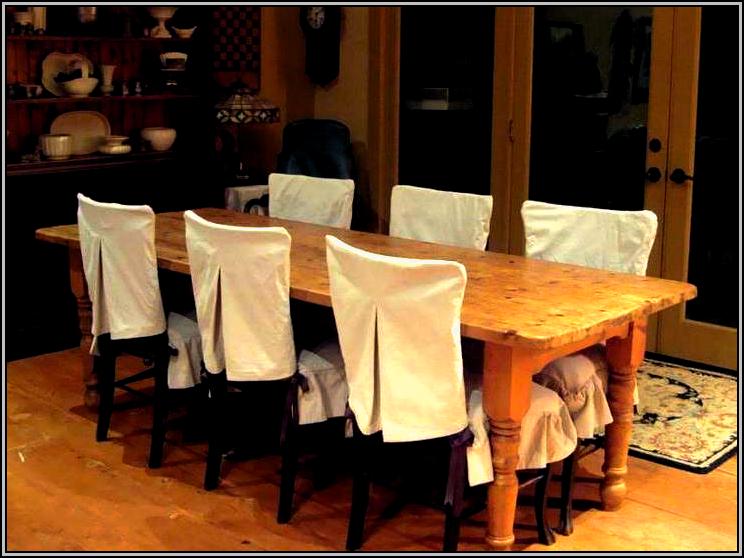Painting your living room is a great way to give your space a fresh and updated look. However, it can also be a daunting task, especially if you're new to painting. Don't worry, we've got you covered with these top painting tips for your living room. First, make sure to properly prepare your walls before painting. This includes cleaning any dirt or grime off the walls, filling in any holes or cracks, and sanding down any rough spots. This will ensure a smooth and even surface for your paint to adhere to. Next, consider using a primer before painting. This will help the paint adhere better and can also help cover up any previous colors or stains. It's especially important to use a primer if you're painting over a dark color. When choosing a paint color for your living room, consider the overall style and aesthetic of the room. If you're going for a cozy and intimate space, warm and neutral colors like beige, taupe, or light gray can work well. For a more lively and energetic room, consider bolder colors like deep blue, green, or even a bright yellow. Another important tip is to use high-quality paint and tools. While it may be tempting to go for the cheaper options, investing in good paint and tools will give you better results and save you time and frustration in the long run. Lastly, don't be afraid to get creative with your painting techniques. You can add texture to your walls by using a sponge or rag to create a faux finish, or even try stenciling for a unique and personalized touch.1. Painting Tips for Your Living Room
Painting a living room may seem like a daunting task, but breaking it down into smaller steps can make it much more manageable. Here's our guide on how to paint a living room in 101 steps. Step 1: Clear the room of all furniture and cover the floors with drop cloths. Step 2: Remove any switch plates and outlet covers. Step 3: Clean the walls with a mild detergent and water to remove any dirt or grime. Step 4: Fill in any holes or cracks with spackle and let dry. Step 5: Sand down any rough spots on the walls. Step 6: Tape off any trim, baseboards, and ceiling edges with painter's tape. Step 7: If necessary, apply a primer to the walls and let dry. Step 8: Mix your paint thoroughly before beginning. Step 9: Start by cutting in around the edges of the room with a brush. Step 10: Use a roller to paint the rest of the walls, working in small sections at a time. Step 11: Apply a second coat if needed. Step 12: Let the paint dry completely before removing the painter's tape. Step 13: Once the walls are dry, paint any trim or baseboards using a brush. Step 14: Let the paint dry completely before moving on to the next step. Step 15: Apply a second coat of paint to the trim if needed. Step 16: Let the paint dry completely before removing the painter's tape. Step 17: Reattach any switch plates and outlet covers. Step 18: Move furniture back into the room. Step 19: Admire your freshly painted living room!2. How to Paint a Living Room in 101 Steps
One of the most important decisions when painting your living room is choosing the right paint color. The color you choose will set the tone for the entire room, so it's important to choose carefully. Here are some tips for choosing the right paint color for your living room. Consider the mood or atmosphere you want to create in the room. Do you want a calm and relaxing space, or a more energetic and vibrant one? Warm and neutral colors like beige, taupe, or light gray can create a cozy and intimate feel, while bolder colors like deep blue, green, or even a bright yellow can make the room feel more lively. Take into consideration the other elements in the room, such as furniture, curtains, and decor. You want the paint color to complement these elements, not clash with them. Consider bringing home paint swatches and holding them up against these elements to see how they look together. Don't be afraid to go for a bold and unexpected color, especially if the rest of your home is more neutral. A pop of color in your living room can make a statement and add personality to the space. If you're still unsure, consider consulting with a professional or using online tools to visualize different paint colors in your living room before committing.3. Choosing the Right Paint Color for Your Living Room
If you're looking to give your living room a modern and updated look, consider using some different painting techniques. Here are a few techniques to try out in your living room. Faux finishes can add texture and dimension to your walls. You can achieve a faux finish by using a sponge, rag, or brush to create different patterns and designs on the walls. This can be a great way to add interest to a plain and neutral wall. Color blocking is another popular technique in modern design. This involves painting different sections of a wall in different colors, creating a bold and graphic look. You can also use color blocking to highlight architectural features in the room, such as a fireplace or alcove. For a more subtle but still modern look, consider using a monochromatic color scheme. This involves using different shades and tones of the same color throughout the room. This can create a cohesive and sophisticated look in your living room.4. Painting Techniques for a Modern Living Room
When it comes to painting your living room, there are some important dos and don'ts to keep in mind. Here are a few to help you achieve the best results. Do thoroughly prepare your walls before painting. This includes cleaning, filling in any holes or cracks, and sanding down any rough spots. Don't rush the painting process. Take your time and make sure to properly cut in around edges and use even strokes with the roller. Do consider using a primer, especially if you're painting over a dark color or have a lot of imperfections on your walls. Don't be afraid to get creative with painting techniques, but make sure to test them out first before committing to the entire room. Do use high-quality paint and tools for the best results. Don't forget to protect your floors and furniture while painting.5. The Dos and Don'ts of Painting Your Living Room
If your living room is feeling dull or outdated, a fresh coat of paint can easily transform the space. Not only will it give the room a new look, but it can also make it feel cleaner and more inviting. Whether you choose a bold color or a neutral one, painting your living room is a great way to refresh and revitalize the space.6. Transform Your Living Room with a Fresh Coat of Paint
If you're new to painting, tackling a whole living room may seem overwhelming. However, with the right tools and techniques, it can be a fun and rewarding project. Here's a beginner's guide to painting your living room. Start by gathering all the necessary tools, including paint, brushes, rollers, drop cloths, and painter's tape. Clean and prepare your walls before painting, including filling in any holes or cracks and sanding down rough spots. Use painter's tape to protect any trim or edges that you don't want to get paint on. Start by cutting in around the edges of the room with a brush, then use a roller to paint the rest of the walls. Apply a second coat if needed, and let the paint dry completely before removing the painter's tape. Once the walls are dry, paint any trim or baseboards using a brush, and let dry completely. Reattach any switch plates and outlet covers, and move furniture back into the room.7. Painting 101: A Beginner's Guide to Painting Your Living Room
If you want to achieve professional-looking results when painting your living room, here are some tips to keep in mind. Invest in high-quality paint and tools for the best results. Take the time to properly prepare your walls before painting. Make sure to use even strokes with the roller and properly cut in around edges. Consider using a primer for better adhesion and coverage. If using a bold color, consider using a tester pot first to make sure you like the color on your walls. Use a paint grid or tray to avoid constantly dipping your roller into the paint can. Don't forget to clean your brushes and rollers after use.8. Tips for Painting Your Living Room Like a Pro
Preparation is key when it comes to painting your living room. Here's a checklist of things to do to properly prep your space. Clear the room of all furniture and cover the floors with drop cloths. Remove any switch plates and outlet covers. Clean the walls with a mild detergent and water. Fill in any holes or cracks with spackle and let dry. Sand down any rough spots on the walls. Tape off any trim, baseboards, and ceiling edges with painter's tape. If necessary, apply a primer to the walls and let dry.9. How to Prep Your Living Room for Painting
If you're on a budget but still want to update your living room with a fresh coat of paint, here are some tips and tricks to help you save money. Consider using a tester pot first to make sure you like the color on your walls, before buying a larger quantity. Look for sales or discounts on paint and tools. Use a paint calculator to accurately estimate how much paint you'll need, to avoid buying too much. Opt for a neutral color that can easily be found in discounted or clearance bins. Consider using a faux finish or stenciling to add interest to the room without needing to buy multiple paint colors. Repurpose old paint brushes and rollers by thoroughly cleaning them after use. With these tips and techniques, you can easily transform your living room with a fresh coat of paint. Choose the right color, prepare and paint your walls properly, and don't be afraid to get creative with different techniques. And remember, take your time and enjoy the process – the end result will be worth it.10. Painting Your Living Room on a Budget: Tips and Tricks
The Importance of Properly Painting Your Living Room
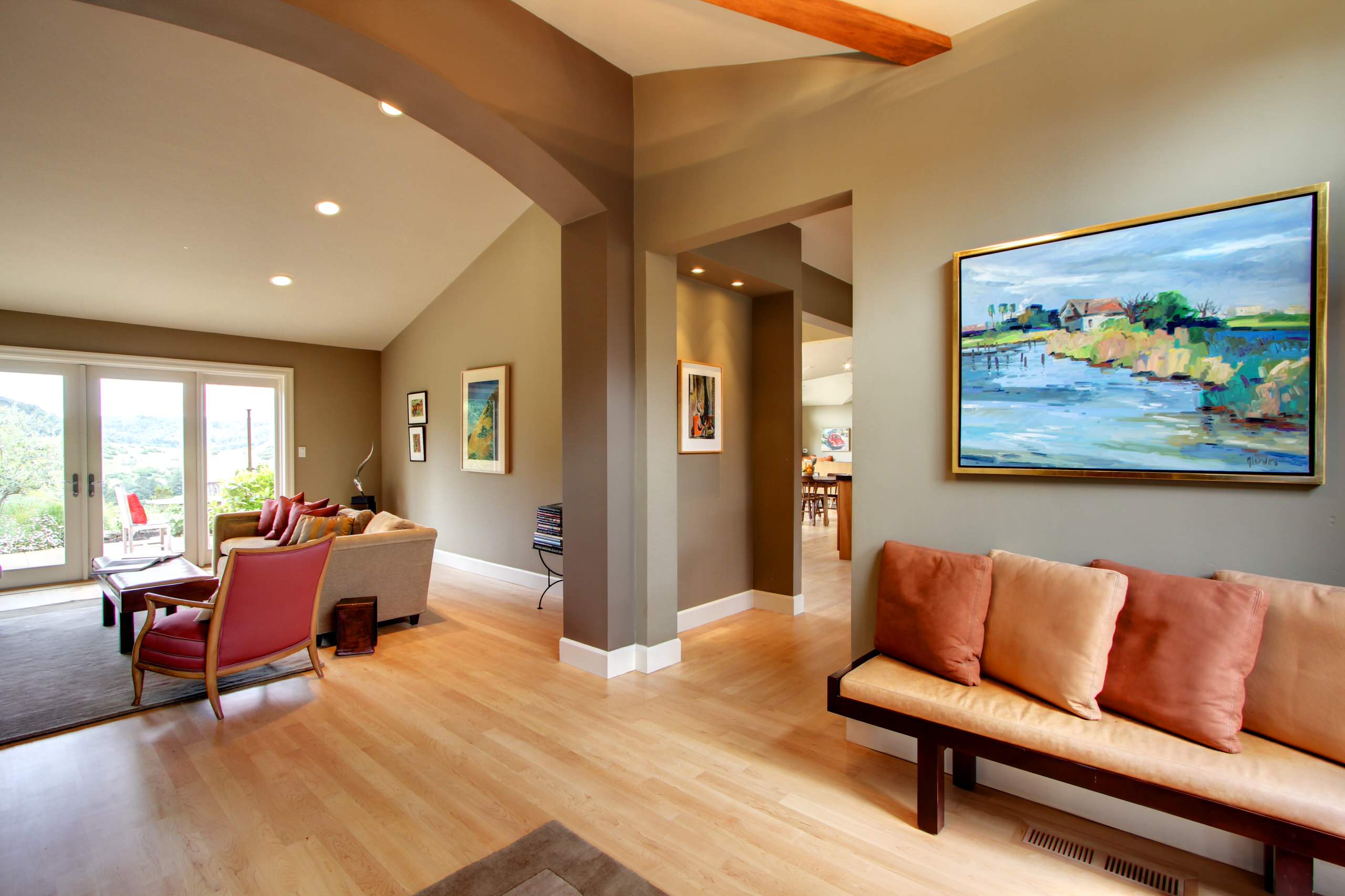
Choosing the Right Color Scheme
 When it comes to designing your living room, painting is one of the most important elements. Not only does it set the overall tone and atmosphere of the room, but it also has the power to completely transform the space. Choosing the right color scheme is crucial in achieving the desired look and feel for your living room.
Neutral colors
are a popular choice for living rooms as they provide a calming and versatile backdrop for any design style.
Warm colors
such as shades of red, orange, and yellow can add a cozy and inviting feel, while
cool colors
like blue, green, and purple can create a more serene and relaxing atmosphere.
When it comes to designing your living room, painting is one of the most important elements. Not only does it set the overall tone and atmosphere of the room, but it also has the power to completely transform the space. Choosing the right color scheme is crucial in achieving the desired look and feel for your living room.
Neutral colors
are a popular choice for living rooms as they provide a calming and versatile backdrop for any design style.
Warm colors
such as shades of red, orange, and yellow can add a cozy and inviting feel, while
cool colors
like blue, green, and purple can create a more serene and relaxing atmosphere.
Enhancing the Room's Size and Lighting
 The way you paint your living room can also have a significant impact on the perceived size and lighting of the space.
Lighter colors
tend to make a room feel more spacious and open, making them a great choice for smaller living rooms. On the other hand,
dark colors
can make a room feel more intimate and cozy, which can be ideal for larger living rooms. Additionally,
proper lighting
is crucial in showcasing the color of your walls. Natural light can make colors appear brighter and more vibrant, while artificial lighting can create a warm or cool undertone to the room.
The way you paint your living room can also have a significant impact on the perceived size and lighting of the space.
Lighter colors
tend to make a room feel more spacious and open, making them a great choice for smaller living rooms. On the other hand,
dark colors
can make a room feel more intimate and cozy, which can be ideal for larger living rooms. Additionally,
proper lighting
is crucial in showcasing the color of your walls. Natural light can make colors appear brighter and more vibrant, while artificial lighting can create a warm or cool undertone to the room.
Creating a Cohesive Design
:max_bytes(150000):strip_icc()/GettyImages-667507168-78f5ecf7e90a451daca834328e247a90.jpg) Painting your living room is not just about choosing a color, but also about creating a cohesive design.
Accent colors
can be used to add depth and interest to the room, while
complementary colors
can be paired together to create a harmonious balance. It is also important to consider the existing elements in the room, such as furniture and decor, and choose a color that complements or enhances them. By carefully selecting your paint colors, you can tie all the design elements in your living room together and create a cohesive and visually appealing space.
In conclusion, painting your living room is an essential part of house design. It not only sets the tone and atmosphere of the room but also has the power to transform the space entirely. By choosing the right color scheme, enhancing the room's size and lighting, and creating a cohesive design, you can achieve the perfect living room that reflects your personal style and creates a welcoming and comfortable environment for you and your guests. Don't underestimate the importance of properly painting your living room and make sure to give it the time and attention it deserves.
Painting your living room is not just about choosing a color, but also about creating a cohesive design.
Accent colors
can be used to add depth and interest to the room, while
complementary colors
can be paired together to create a harmonious balance. It is also important to consider the existing elements in the room, such as furniture and decor, and choose a color that complements or enhances them. By carefully selecting your paint colors, you can tie all the design elements in your living room together and create a cohesive and visually appealing space.
In conclusion, painting your living room is an essential part of house design. It not only sets the tone and atmosphere of the room but also has the power to transform the space entirely. By choosing the right color scheme, enhancing the room's size and lighting, and creating a cohesive design, you can achieve the perfect living room that reflects your personal style and creates a welcoming and comfortable environment for you and your guests. Don't underestimate the importance of properly painting your living room and make sure to give it the time and attention it deserves.



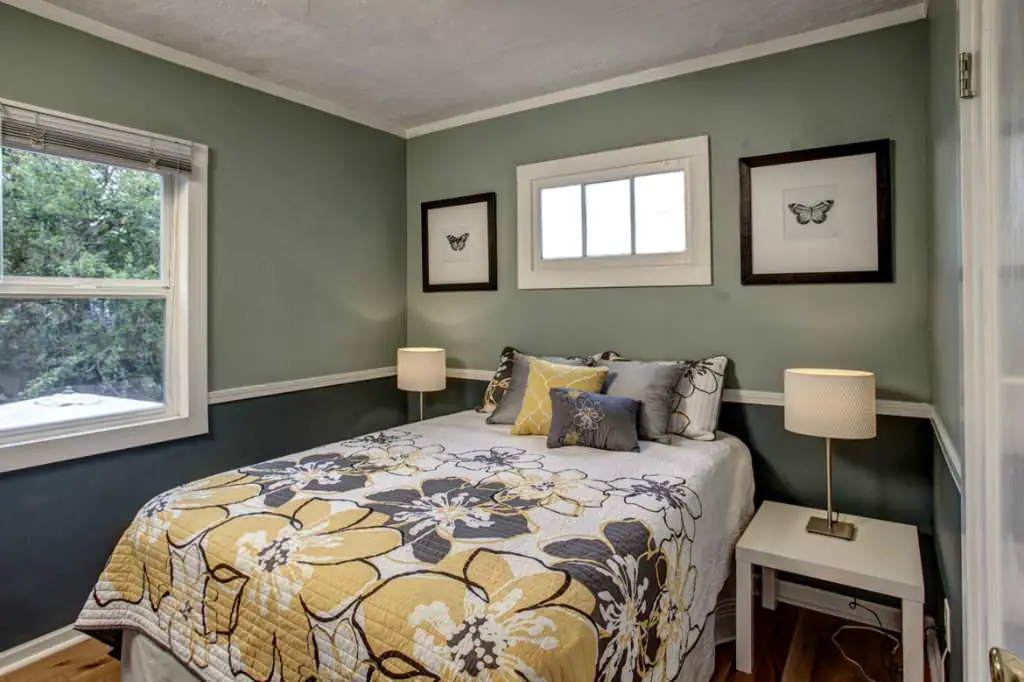
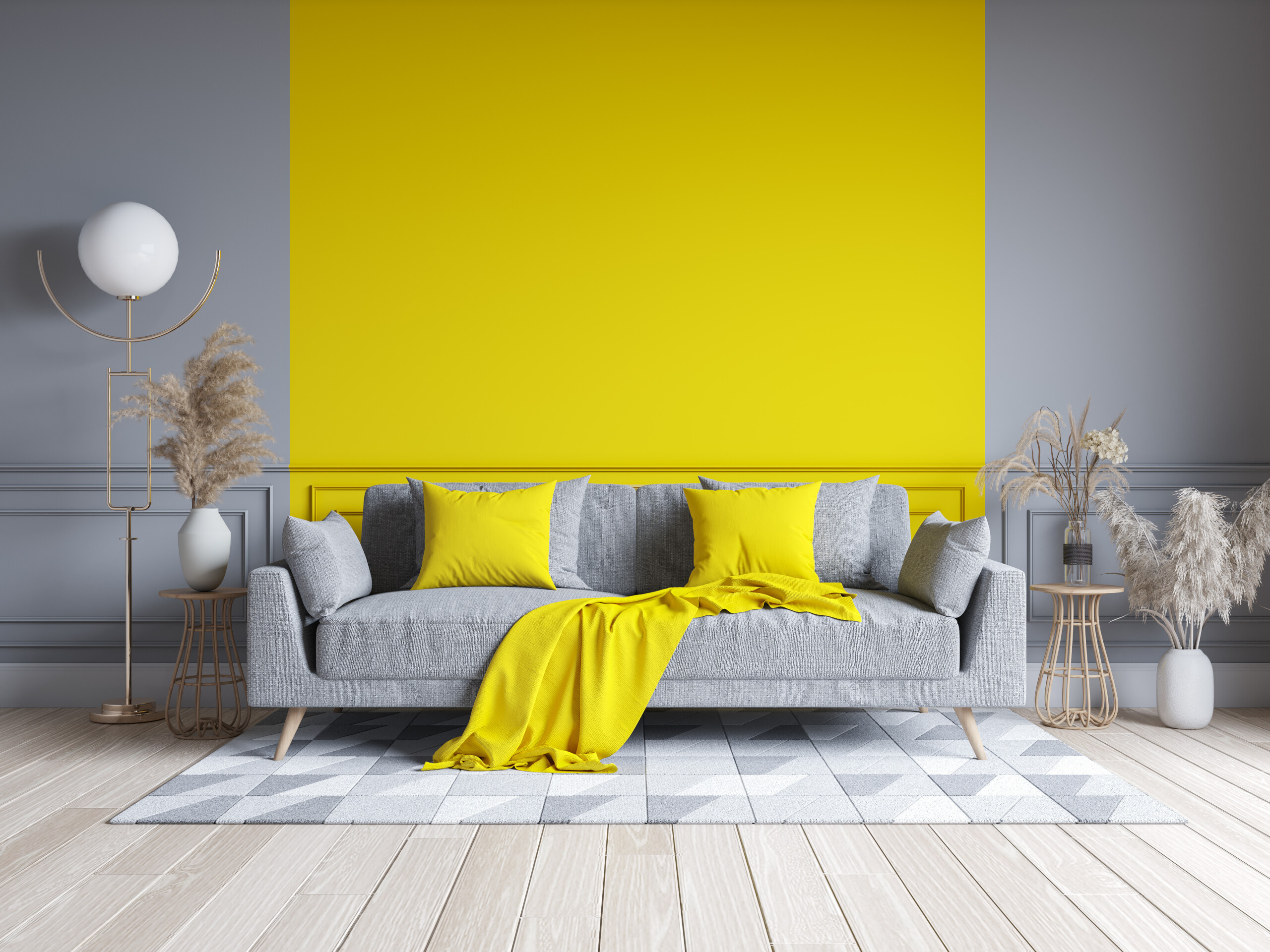


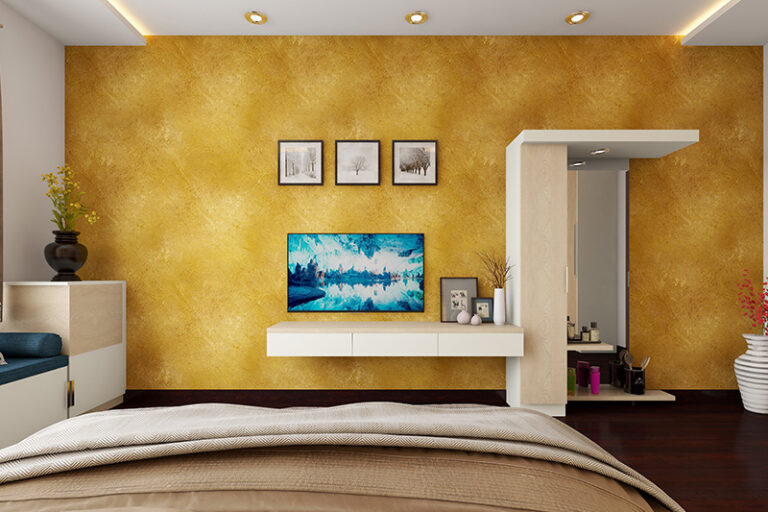



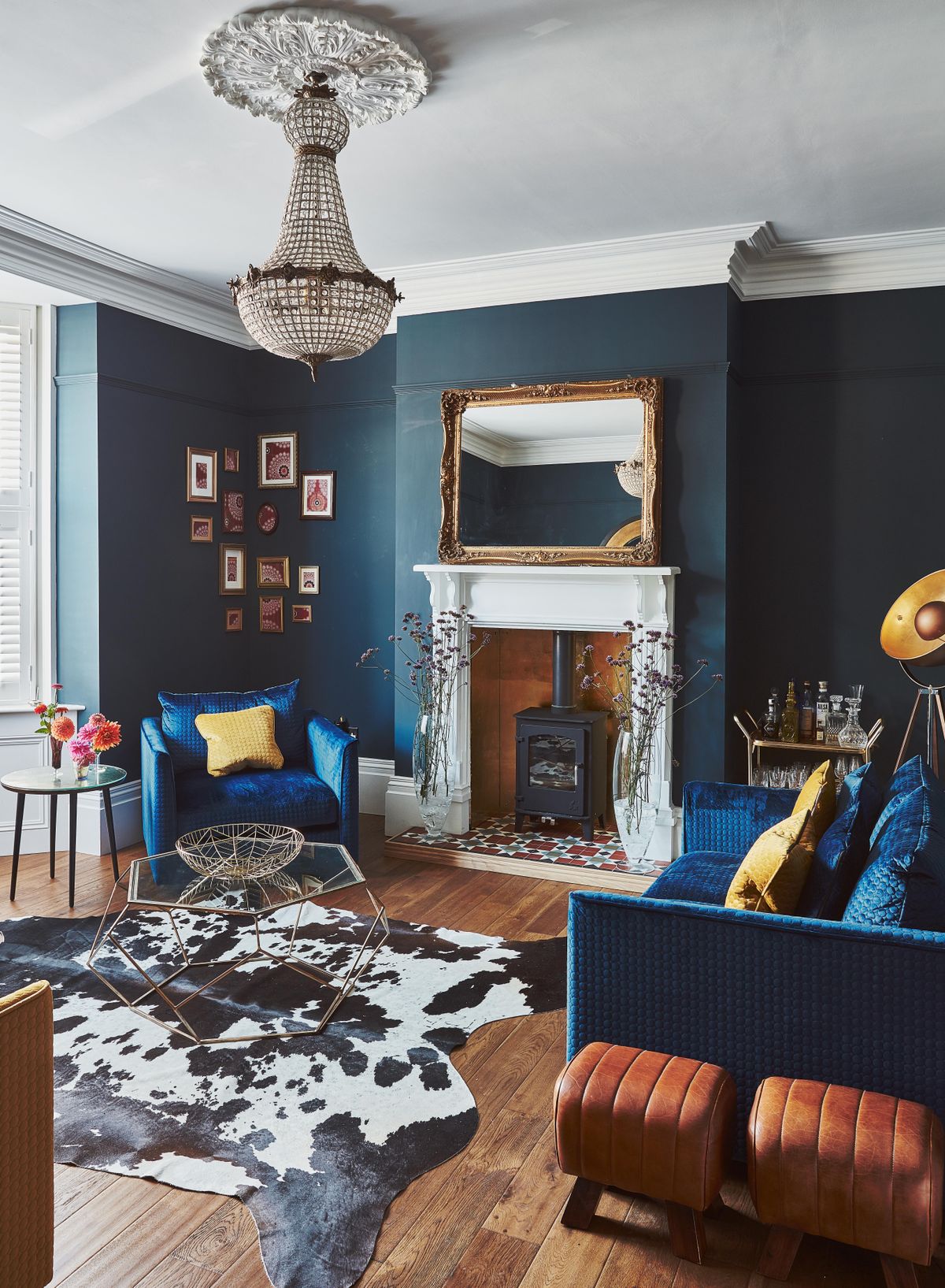
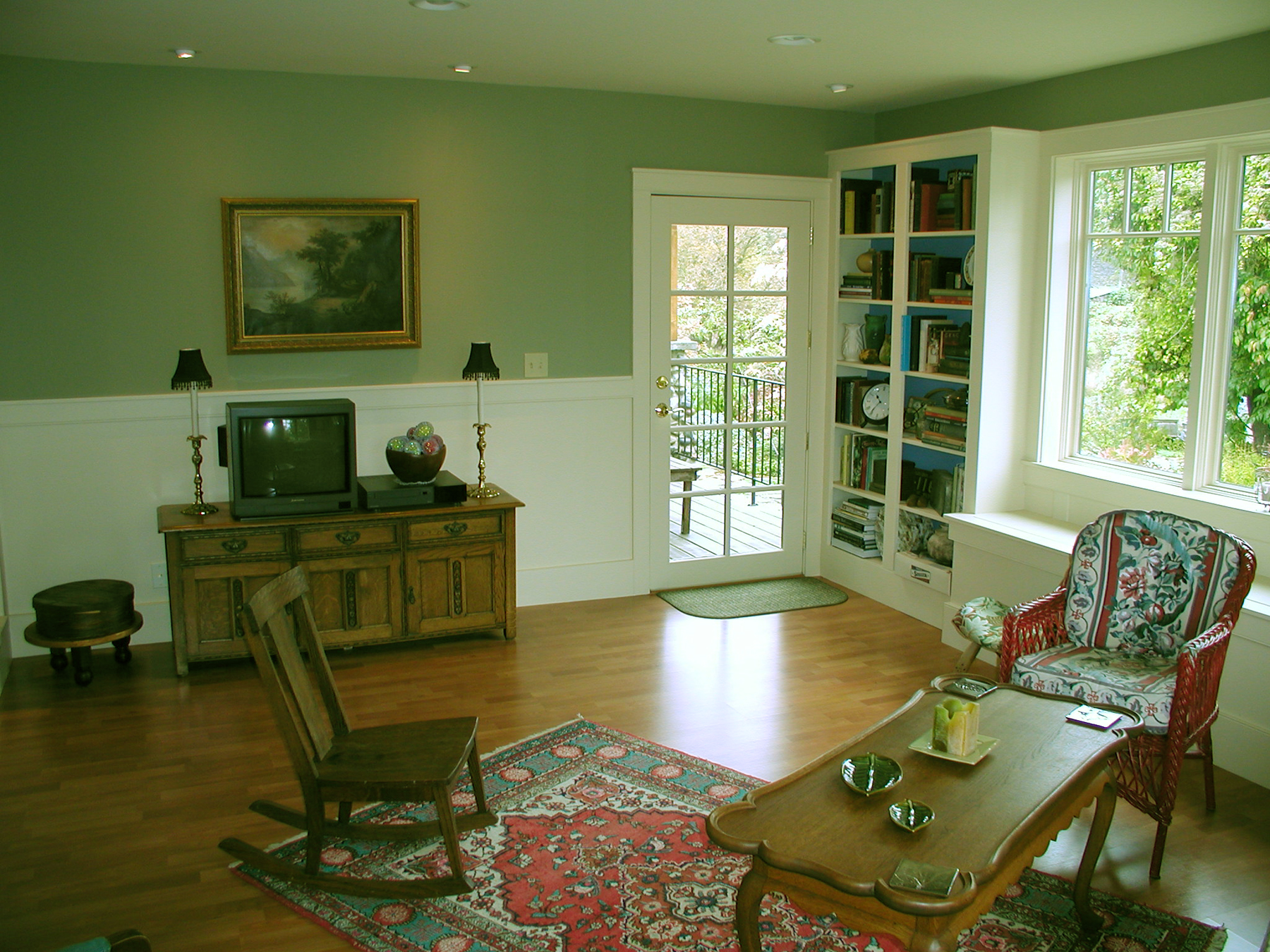


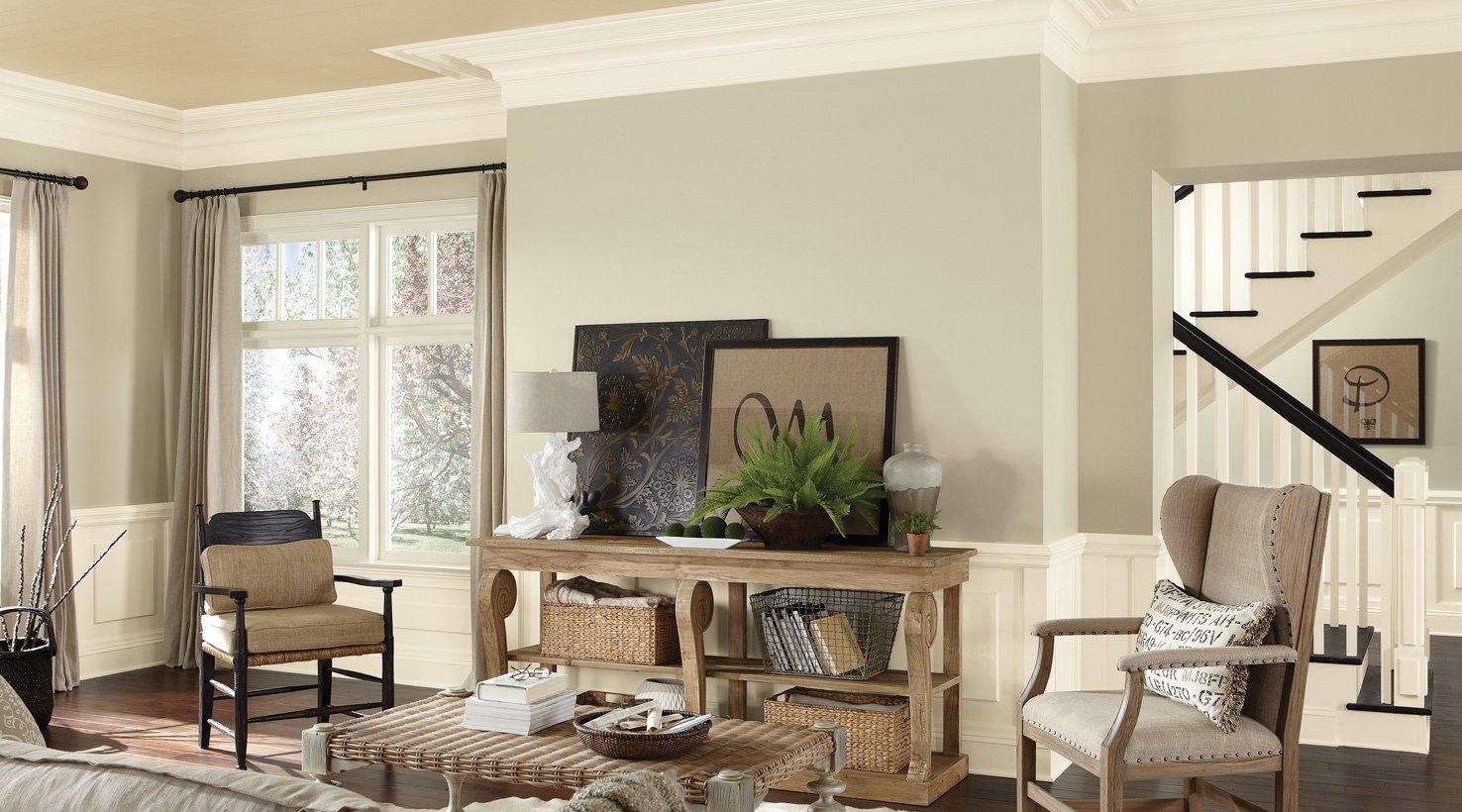
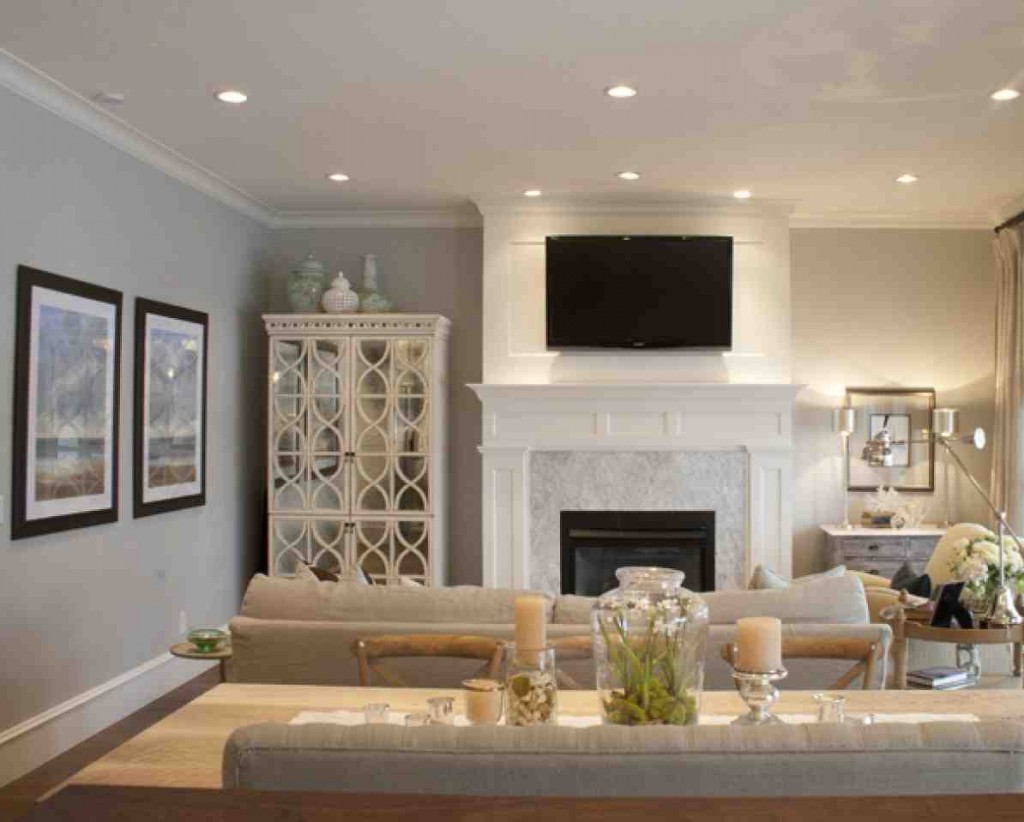


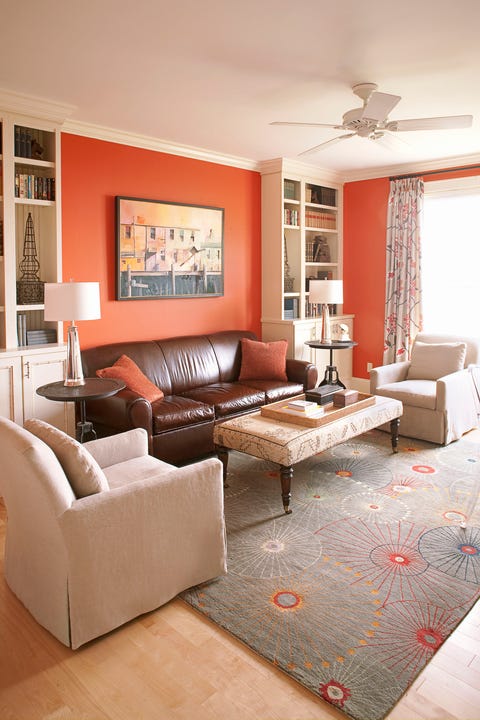





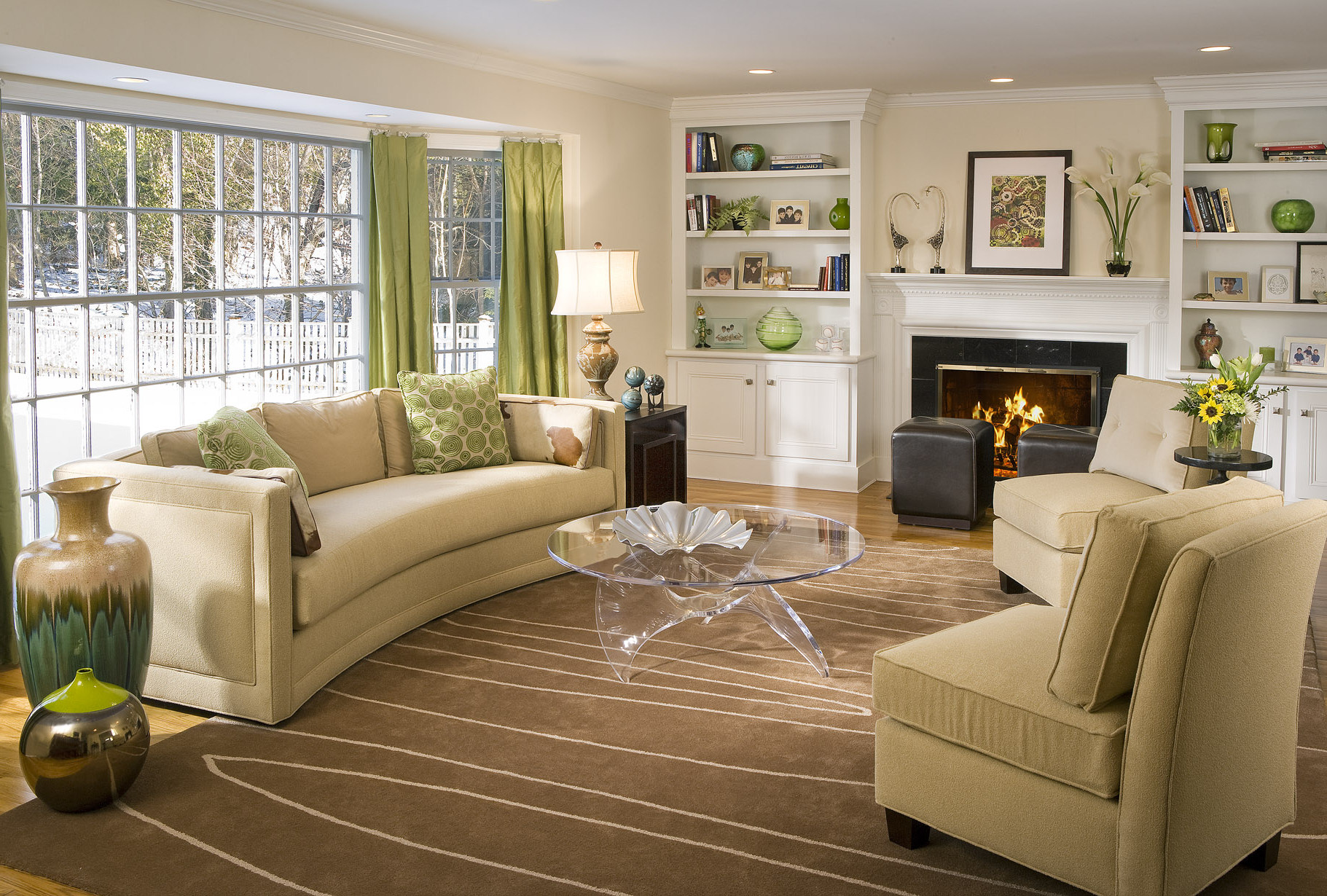


:max_bytes(150000):strip_icc()/GettyImages-188074679-5accec84c5542e0036125d59.jpg)
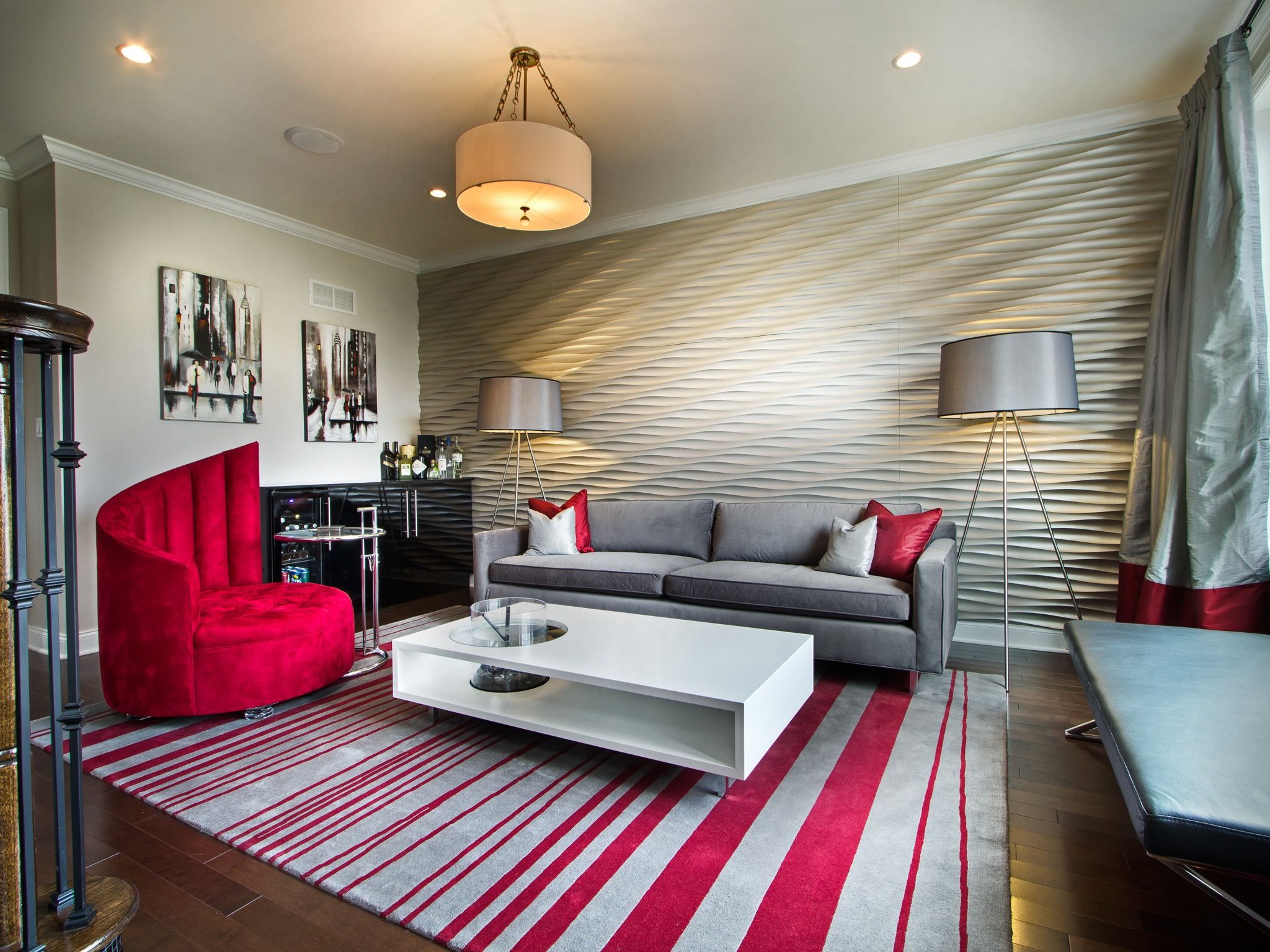
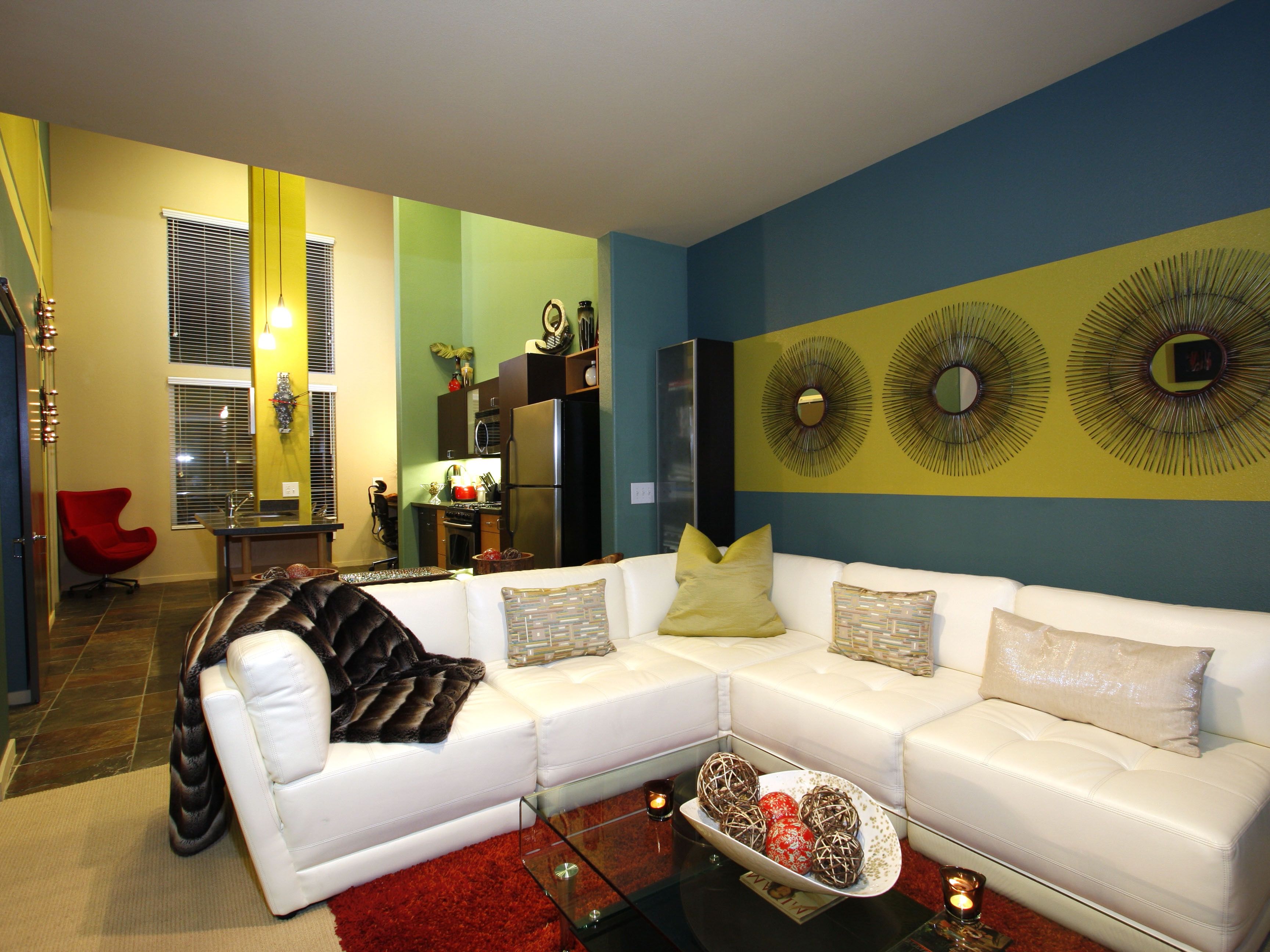





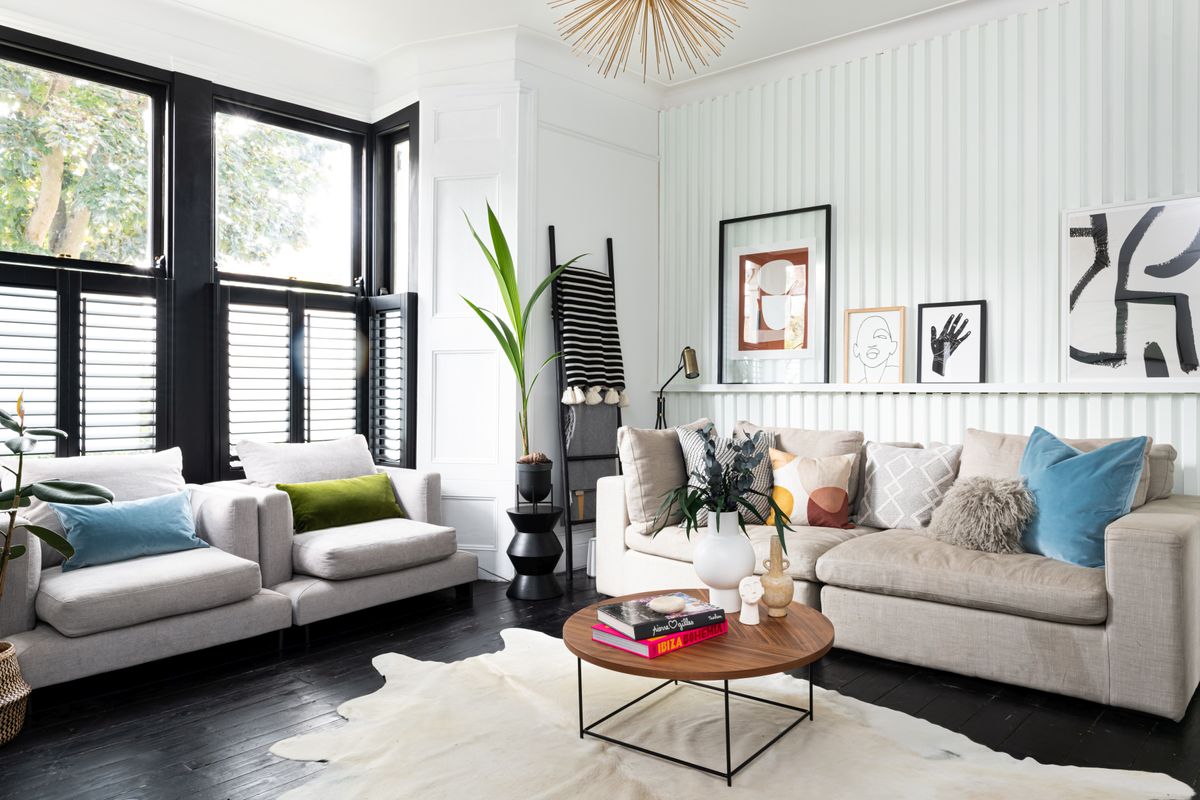
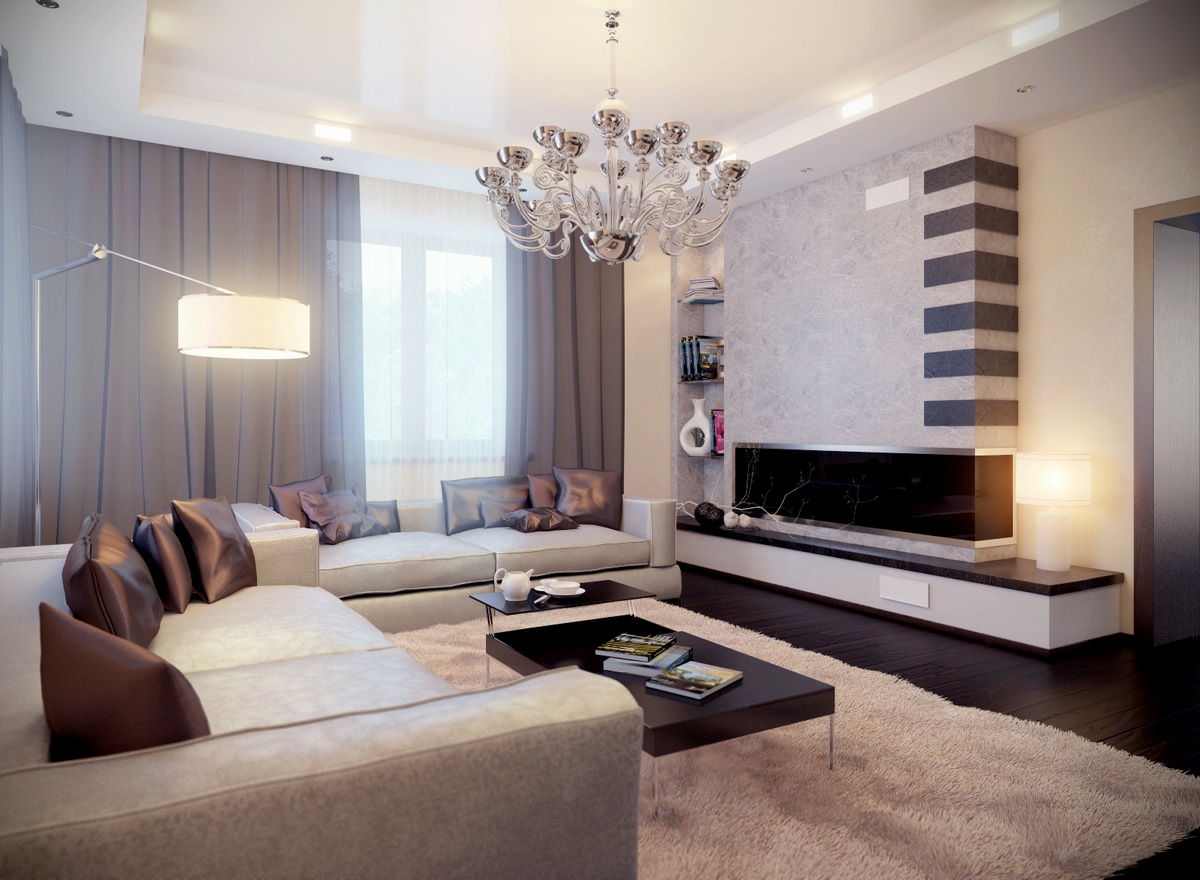
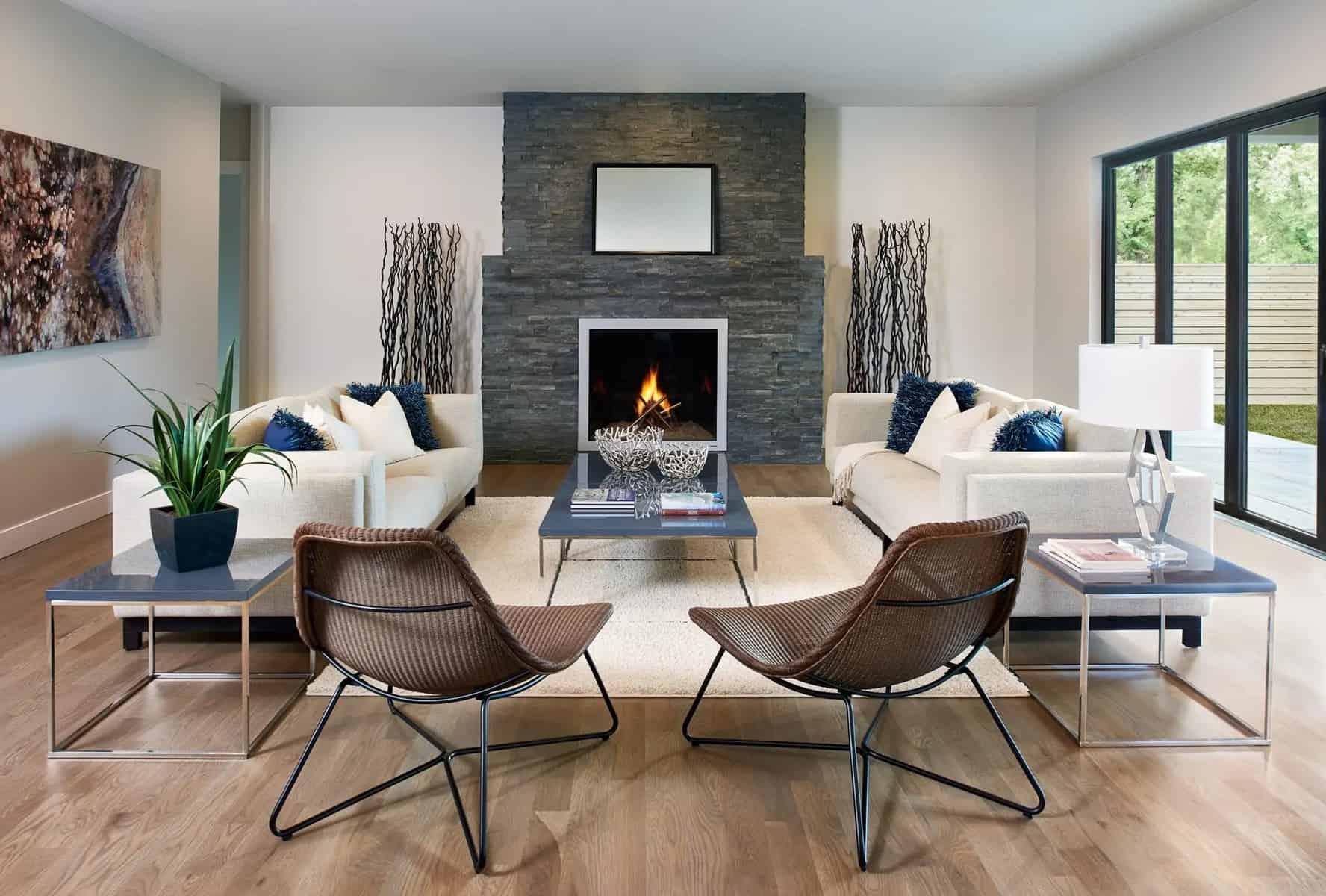
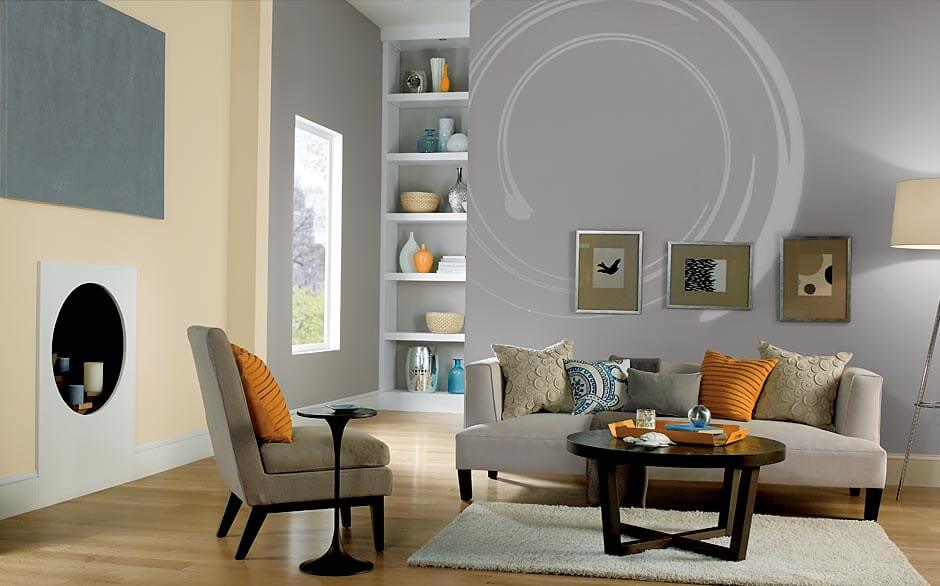







/living-room-with-orange-wall-640896866-5ab15995a18d9e0037c3a9ba.jpg)




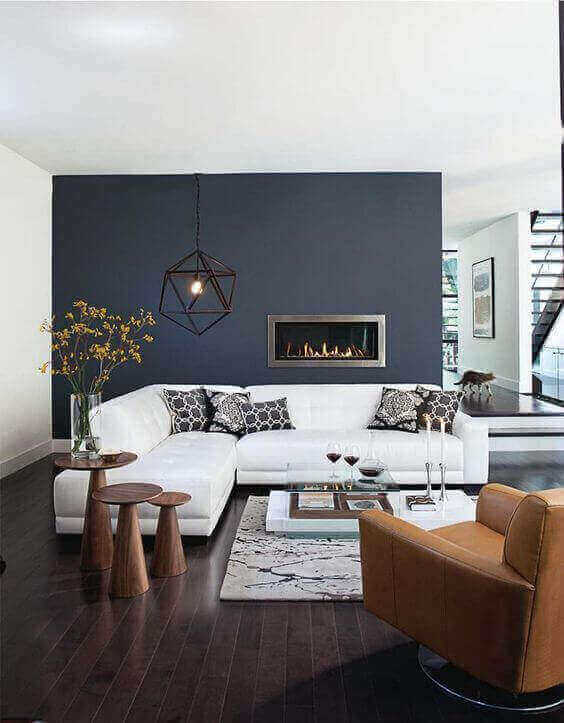

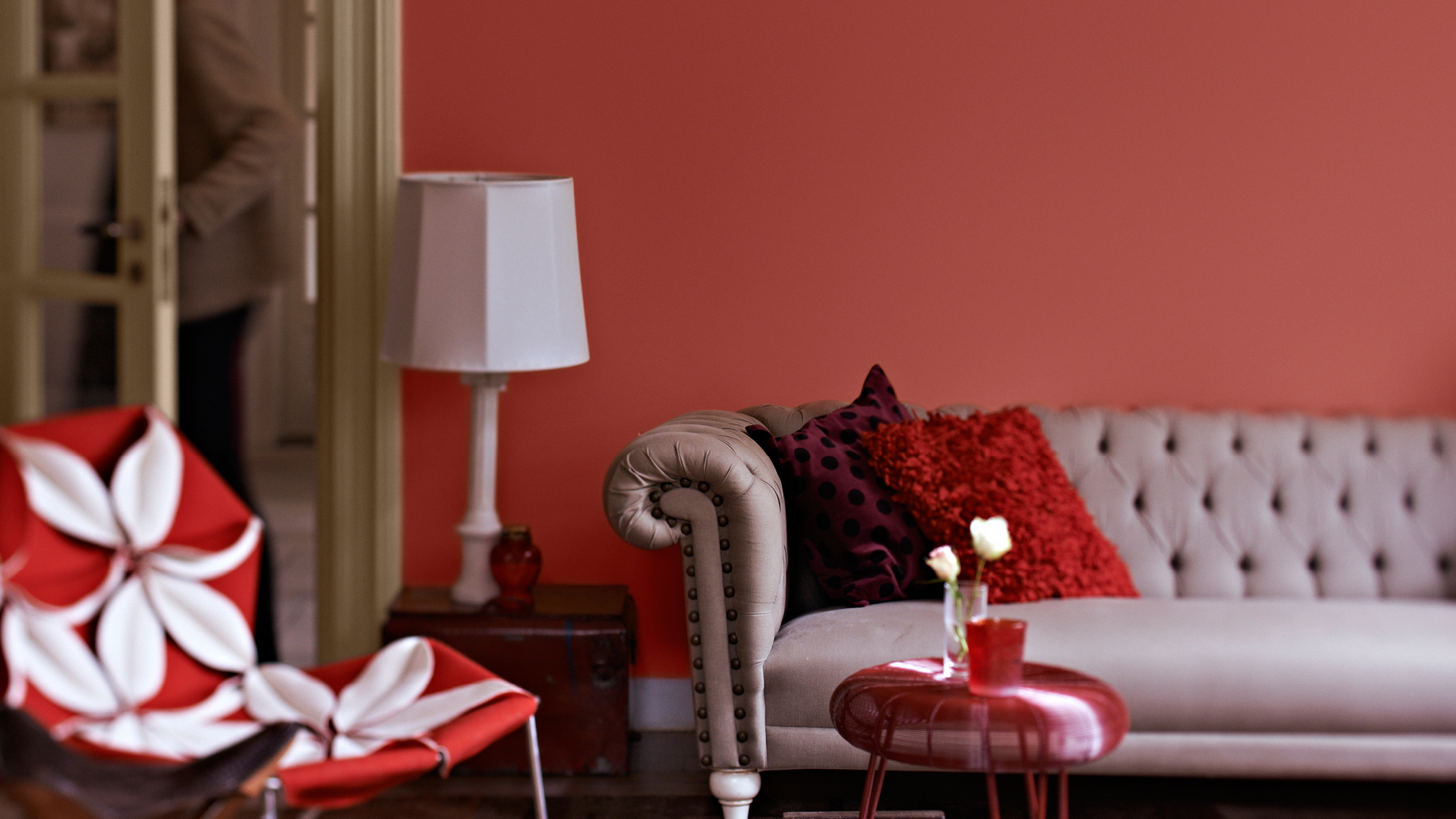









/GettyImages-9261821821-5c69c1b7c9e77c0001675a49.jpg)


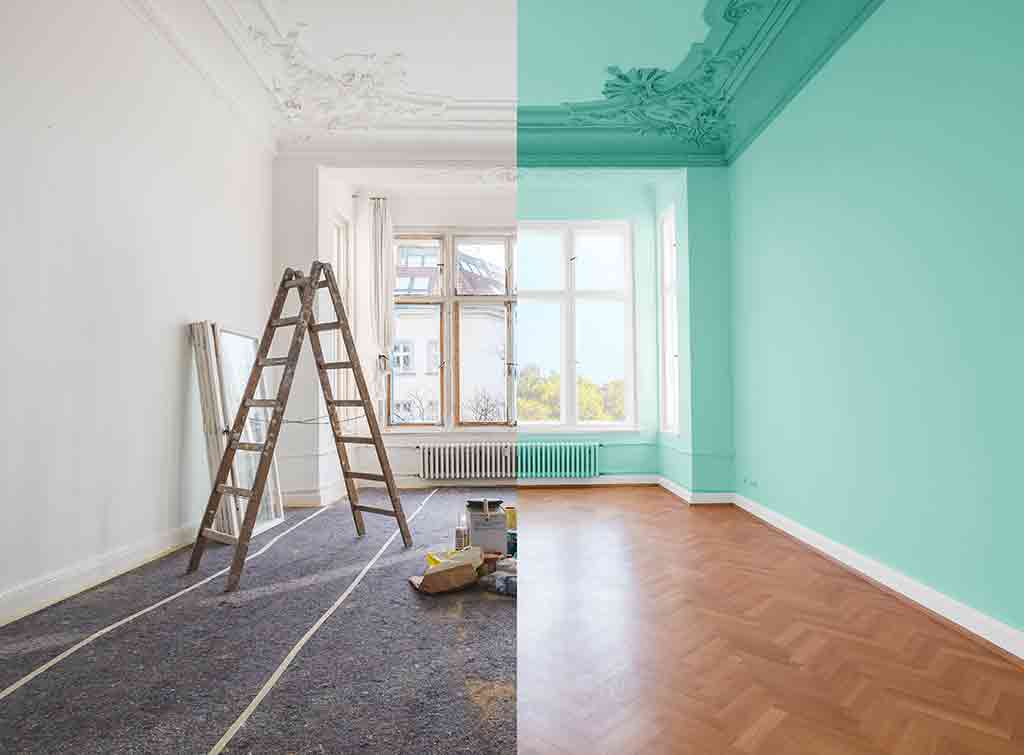


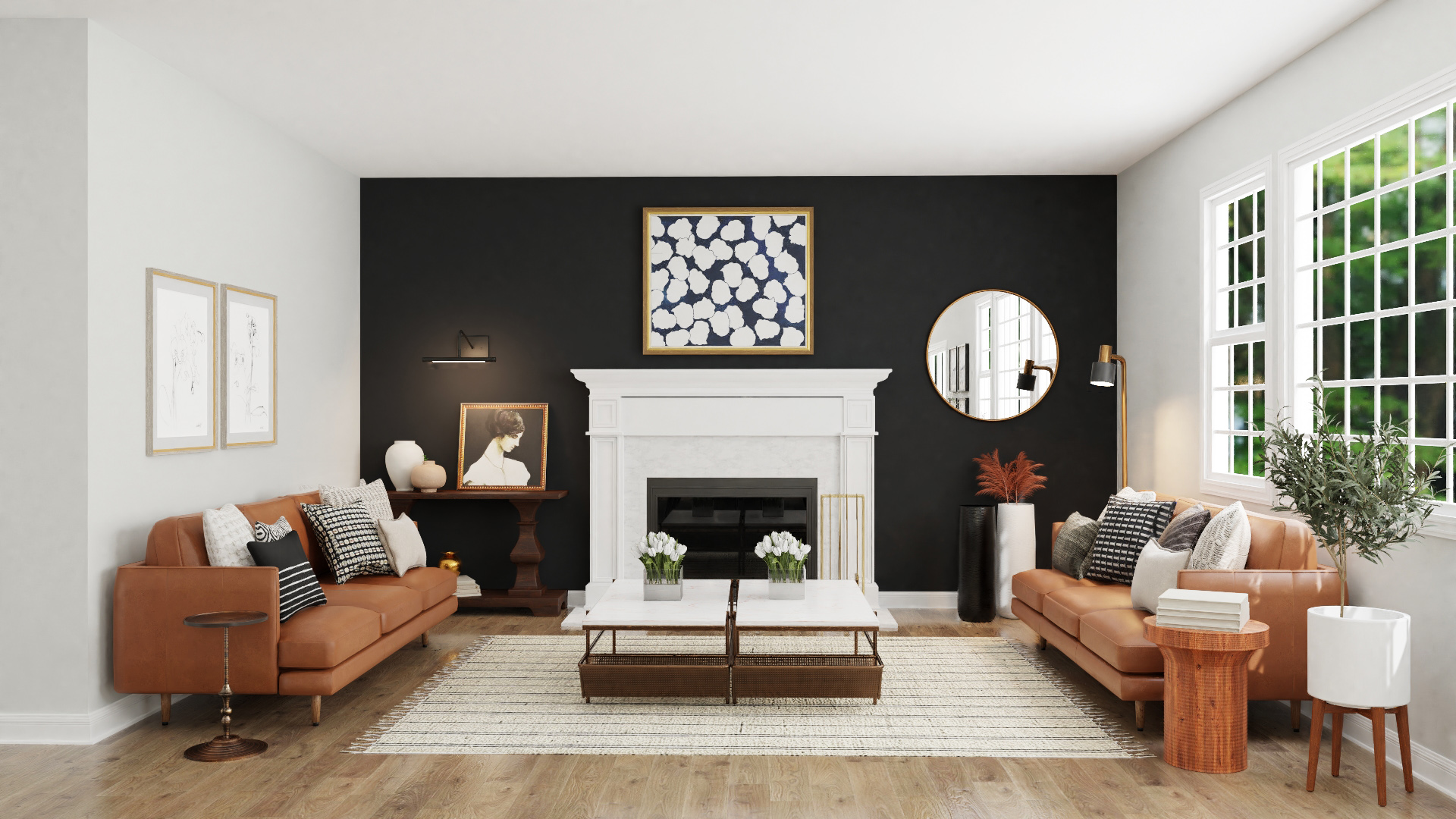



/105776921-56a49f225f9b58b7d0d7e0ee.jpg)
:max_bytes(150000):strip_icc()/Chuck-Schmidt-Getty-Images-56a5ae785f9b58b7d0ddfaf8.jpg)
:extract_focal()/https://pocket-syndicated-images.s3.amazonaws.com/articles/5304/1596722483_at_housetours_2019-06_VivY-RhiannonSouthwell_AT_rhiannon_vivyapp-12.jpg)

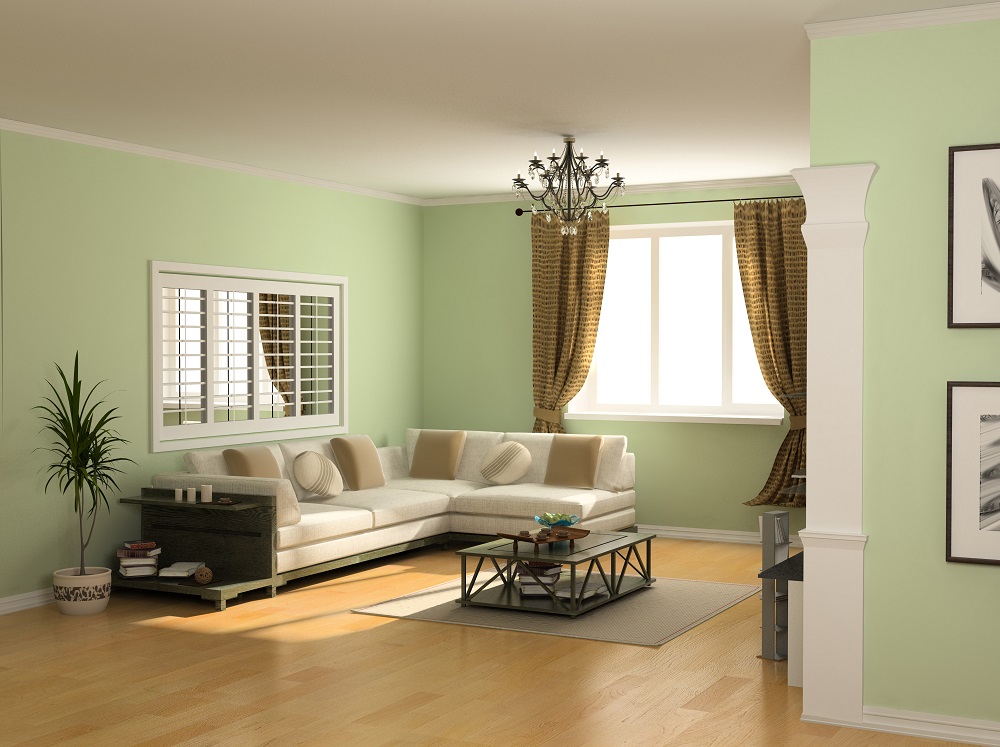








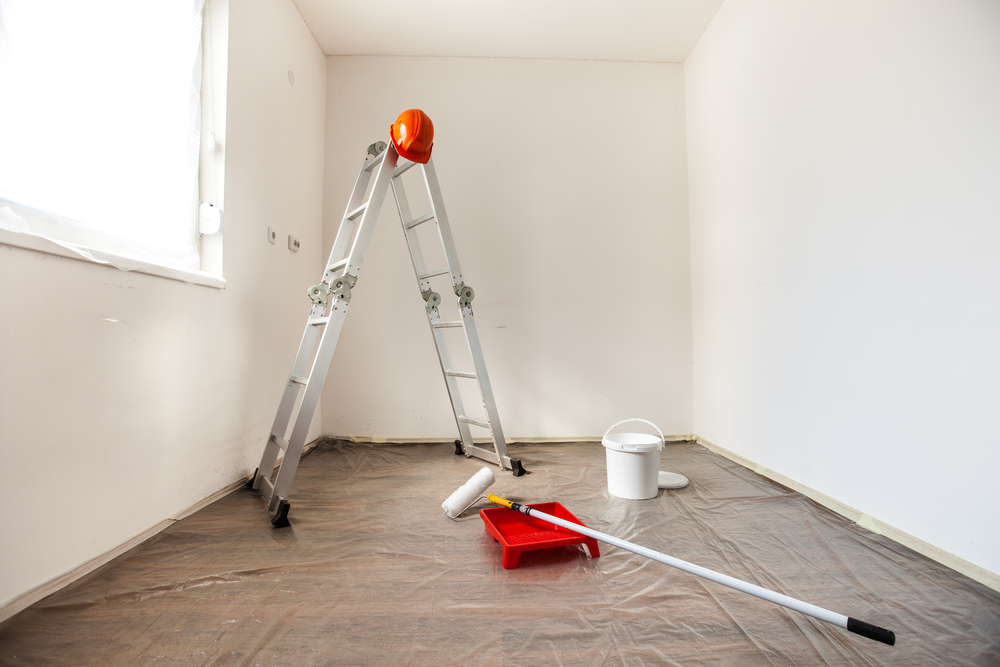
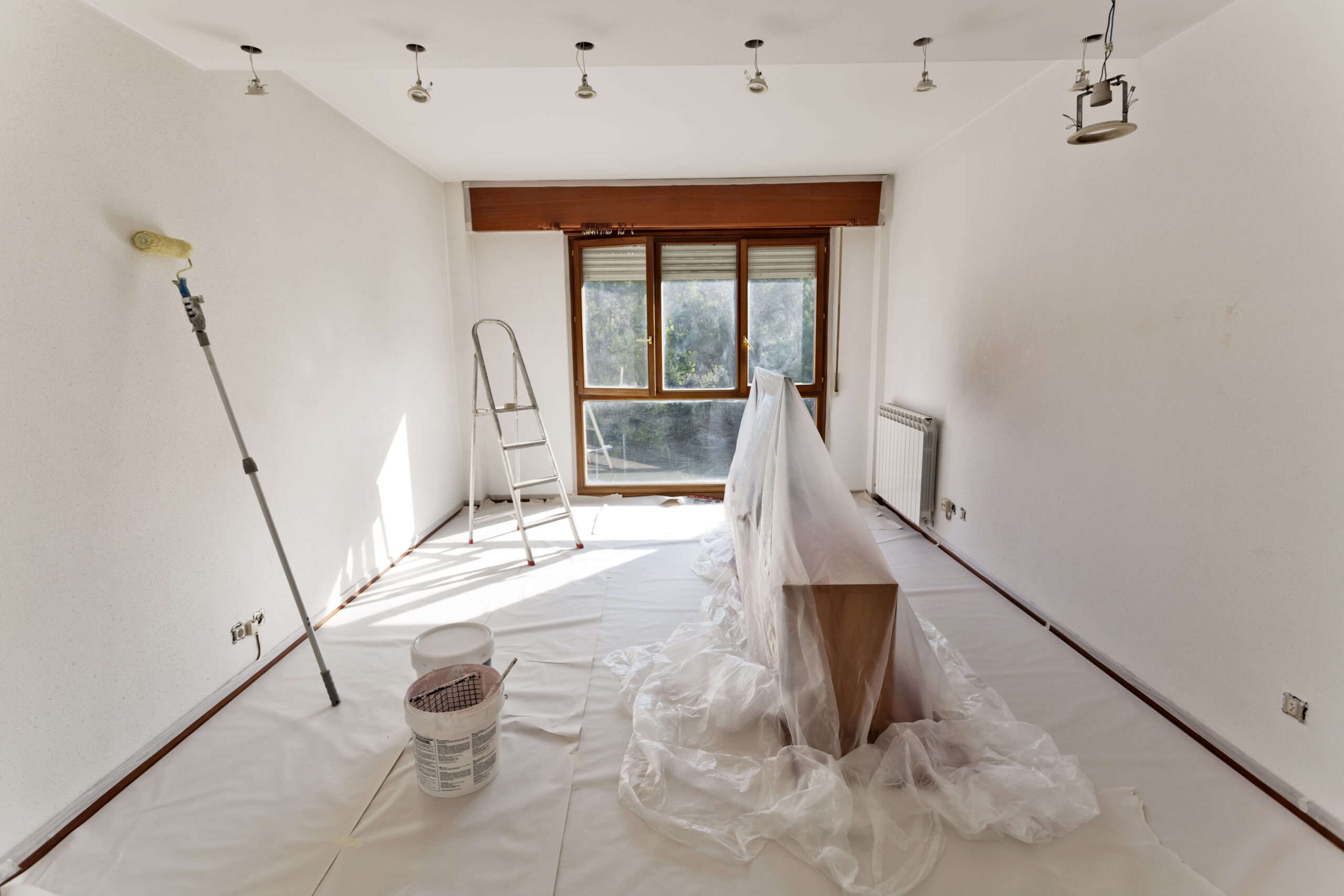







:max_bytes(150000):strip_icc()/beautiful-living-room-interior-with-colorful-area-rug--large-couch--and-abundant-natural-light-1210163723-a6f8f523c80a41b3a1272de88db0cc21.jpg)





